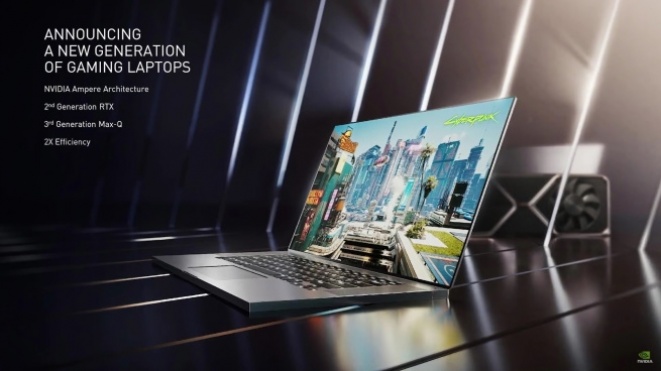How to install Windows 10 from USB
How to install Windows 10 - Guide
Windows 10 installation is not too complicated if you have good instructions. Of course, you also need to know the computer well enough to be able to follow all the steps.
How long do I need to install Windows 10?
If you are doing this installation for the first time, you will probably need about 2 hours. You will spend most of your time getting to know and preparing your computer, while the installation itself is quite fast and takes about 20-30 minutes, counting the time while you just sit and wait for the automatic part of the process to finish.
What do I need to install Windows 10?
- Windows ISO file, we will explain where to download Windows 10.
- USB drive of at least 8 GB to create a bootable USB with Rufus tools
- Backup data from the computer where you are doing the installation (if you need this data).
- Ability to access the BIOS setup of your computer.
How to install Windows 10 step by step
Important Note Before You Go: This Windows 10 installation guide will show you the installation procedure on a blank HDD or SSD. If you have data you want to save, follow the instructions carefully, and back up your data. Otherwise, you can lose them permanently.
Step 1: How download windows 10
If you do not have a DVD or USB drive that already has the installation version of Windows on it, you need to download the Windows ISO file from the following link:
Download Windows 10 ISO: https://www.microsoft.com/en-us/software-download/windows10
Windows Media Creation Tool
Pay attention after that, they will ask you what exactly you want to do (What do you want to do?). Offered:
- Upgrade this operating system (Upgrade this PC now.)
- Creating installation media for another computer (Create installation media (USB flash drive, DVD, or ISO file) for another PC)
So, you need another option because that's how we download the installation version of Windows 10 and we can burn it to a DVD or USB drive.
Select this second option and click the Next button:
In this section, if you do not want to change the language and architecture, you can leave it as is and click Next. If you are doing this on one computer and are planning to install it on another, uncheck the Use the recommended options for this PC option:
Now pay attention to what you will choose next. There are two options:
- USB flash drive (you need a USB drive of at least 8 GB and the installation will be saved directly to that USB)
- ISO file (you will download the Windows installation as an ISO file and use it later to burn to a DVD or USB drive manually)
A window will open where you need to choose where to save this file, then select a folder and click the Save button:
Now that you have downloaded your windows 10 iso file, we can create your bootable USB.
Step 2: How to create a bootable USB - Rufus
Note the following Rufus features:
- Device: select the USB you planned to install
- Boot selection - Select: select the ISO file you downloaded
- Partition scheme: select GPT
- Target system: select UEFI (non CSM)
Finally, click Start and wait for the Rufus to complete.
When Rufus notified you that everything is complete, you can proceed to the next step. You now have a USB drive ready with the installation version of Windows 10.
Step 3: Back up important data before Windows installation
Step 4: Enable boot device in BIOS
Now, to do the installation of the new operating system, we need to set the BIOS not to boot the existing (old) operating system, but the system that we recorded on the USB drive.
Therefore, you need to adjust the order of the devices that start and put the USB device on which the installation version of Windows is in the first place.
Depending on which BIOS you have, there are two ways to do this. One way is to set the device order in the BIOS (more complicated), the other way is to run the selection manually and thus choose which device to boot (easier).
How to start BIOS setup and set device order?
Here's which key is used on the most common computer and motherboard models:
- ASRock: F2 or DEL
- ASUS: F2 for all computers, F2 or DEL for motherboards
- Acer: F2 or DEL
- Dell: F2 or F12
- ECS: DEL
- Gigabyte / Aorus: F2 or DEL
- HP: F10
- Laptopa Lenovo: F2 or Fn + F2
- Lenovo (desktop computers): F1
- Lenovo (ThinkPad): Enter and then F1.
- MSI: DEL for motherboards and computers
- Microsoft Surface Tablets: Press and hold the volume up button.
- Origin PC: F2
- Samsung: F2
- Toshiba: F2
- Zotac: DEL
Once the BIOS starts, look for the Boot option. If you have a simpler BIOS as in the image below, under the Boot option you will see the order of the devices. For example, the image below shows the boot order of the device, that is, the order in which the BIOS checks which device the operating system is booting from:
Since you are installing Windows from a USB drive, the first device needs to be a Removable device. When set, press the F10 button on the keyboard to save the settings. This will restart the computer and immediately after that, the operating system will be booted from the USB drive.
Step 5: Windows 10 installation
Step 6: Windows 10 activation
Step 7: Choose the version, for home or business
Choose the one that suits you and then click Next:
Step 8: Accept the terms of use
Step 9: Clean install Windows 10
Since this is a guide - How to installing Windows 10, we do clean install windows 10. You need to click on another option that reads Custom: Install Windows only (advanced):
Step 10: Creating a partition for Clean install Windows 10
This is the most important part of the installation
The figure, in the table that shows what is on the disk, shows the disk space that is empty and not allocated (Unallocated Space) to a partition, for example. This is to be expected because it is a blank disk:
If you want the entire disk to be one large partition, everything will be under the C partition. For example, you do not have C and D partitions separately, leave it as it already stands:
You'll see one small partition that Windows created automatically and one large one that you created. To continue with the installation, click on the partition you created and then the Next button.
In case you have created more than one partition, click on the one you plan to be system (C) and then click Next:


































